Perched silently among the rugged cliffs and snow-draped valleys of the Himalayas, the elusive snow leopard roams with an air of mystery and majesty. Often referred to as “The Ghost of the Himalayas,” these big cats have captured the imagination of many with their enigmatic presence and breathtaking beauty. But why exactly are snow leopards known by such a spectral nickname? This article delves into the characteristics and habits that earn them this haunting moniker, offering insights into the lives of these captivating creatures.
The Enigmatic Habitat
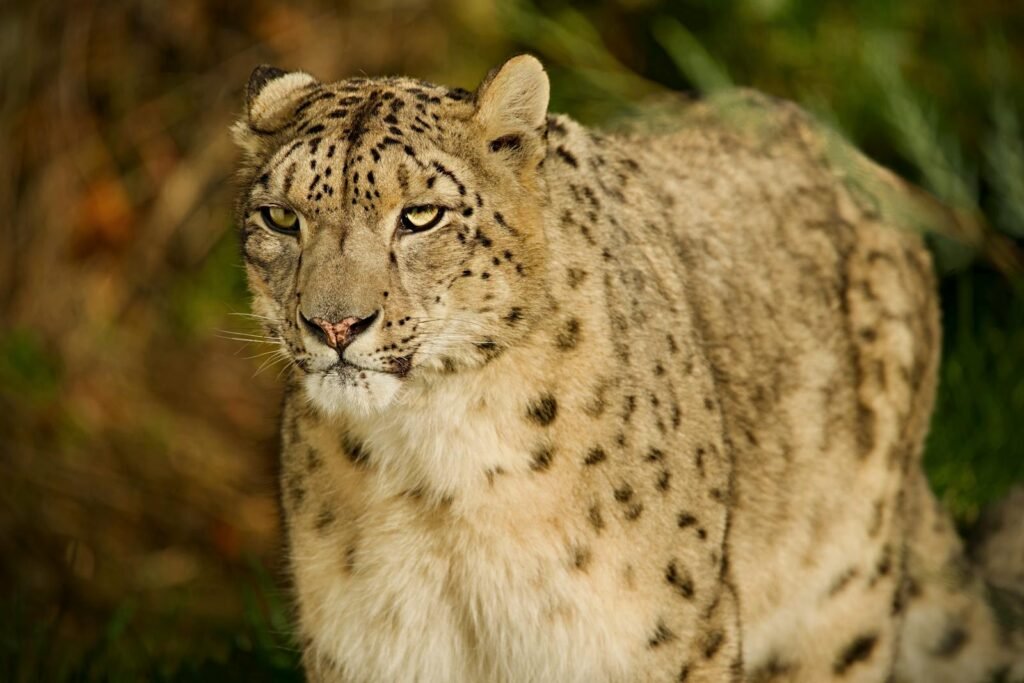
Snow leopards make their homes in some of the world’s most remote and rugged terrains, spanning the mountain ranges of Central and South Asia. Their habitat, which includes parts of the Himalayas, stretches across 12 countries, from Afghanistan to China. The inaccessibility and harsh conditions of these regions shield the snow leopards from both human contact and the outside world, contributing to their ghostly reputation.
Camouflage in the Snow
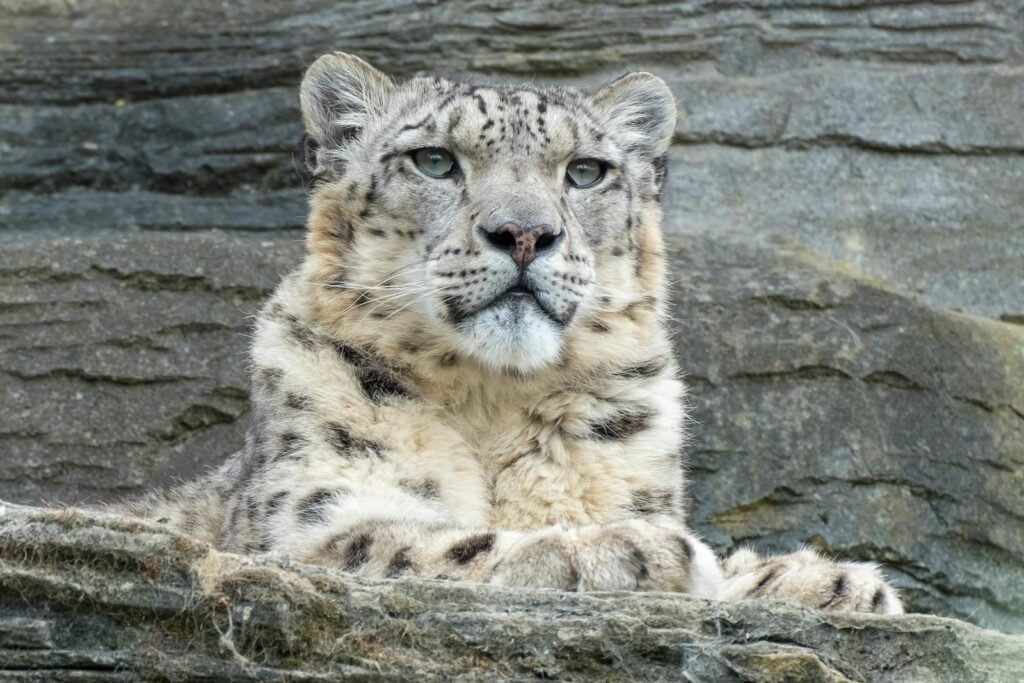
One of the most striking features of the snow leopard is its exquisite coat, a pattern of rosettes and spots that blends seamlessly into rocky and snow-laden landscapes. This natural camouflage enables snow leopards to stalk prey undetected, as well as hide from potential threats. Their ability to become almost invisible in their environment contributes to their ghostly persona.
Solitary and Elusive Nature
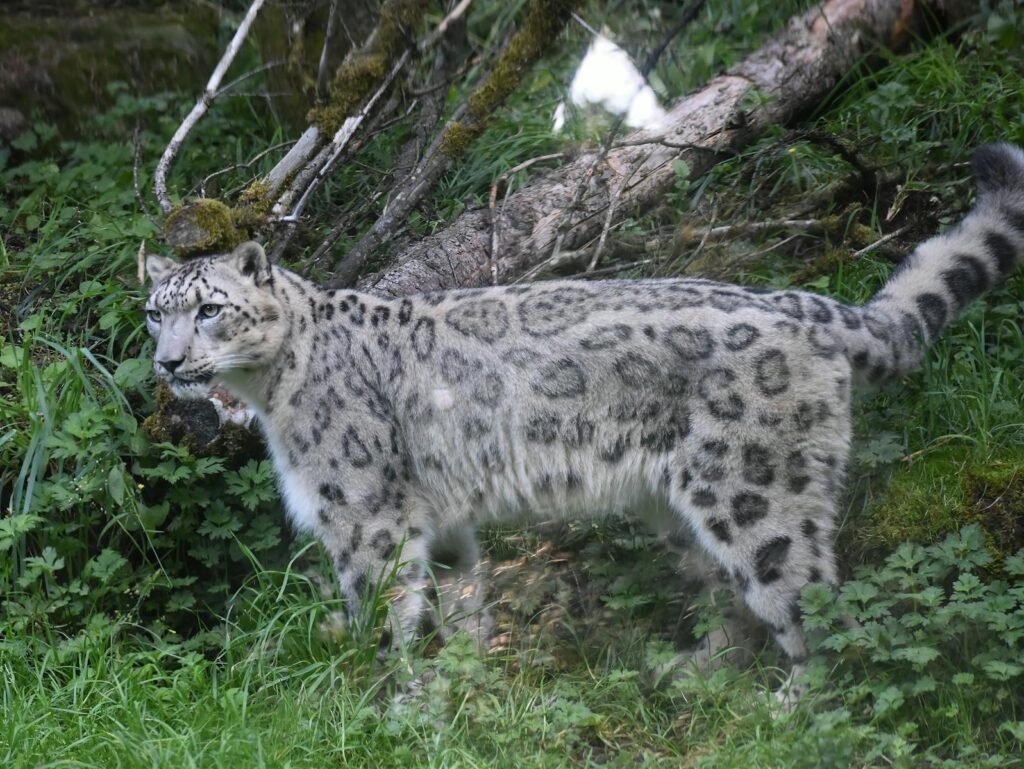
Snow leopards are solitary animals, acting alone except during mating season or when mothers are raising cubs. This solitary nature, combined with their extensive home ranges and remote habitats, means that sightings of snow leopards are incredibly rare. This contributes to the mythos of the “Ghost of the Himalayas.” Even among local communities and researchers, actual encounters with these creatures are infrequent and often fleeting.
Masters of Stealth
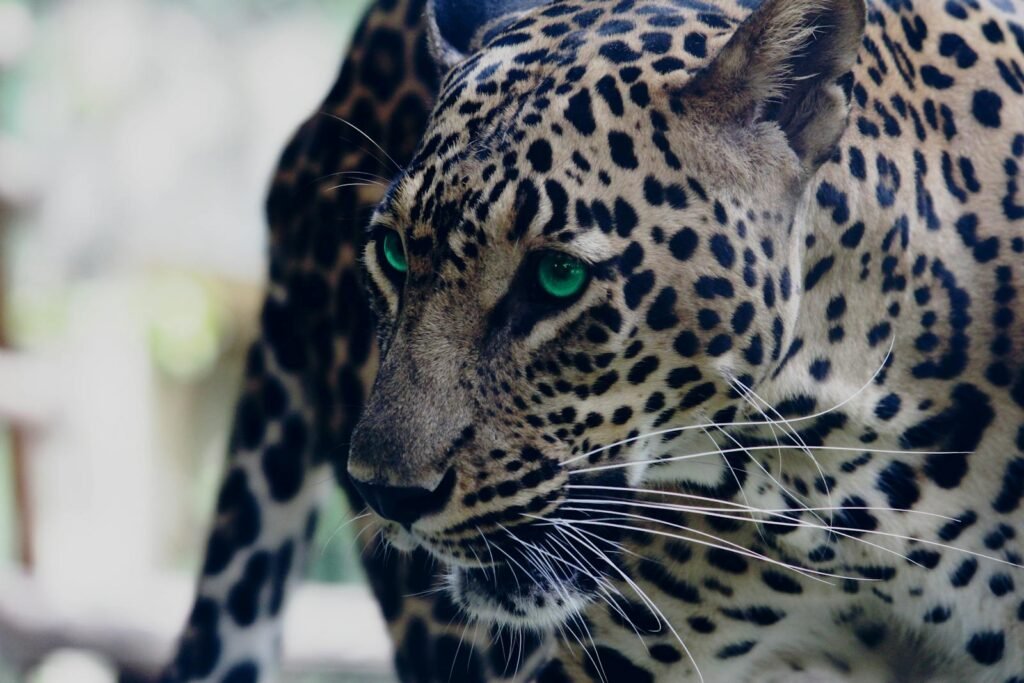
In addition to their camouflaged appearance, snow leopards are masters of stealth. They have an innate ability to move silently across the mountainous terrain, aided by their padded paws and long, lean bodies. This stealthy approach allows them to hunt effectively, but it also makes them nearly impossible to track for researchers trying to study them, enhancing their mysterious image.
Adapting to the Elements
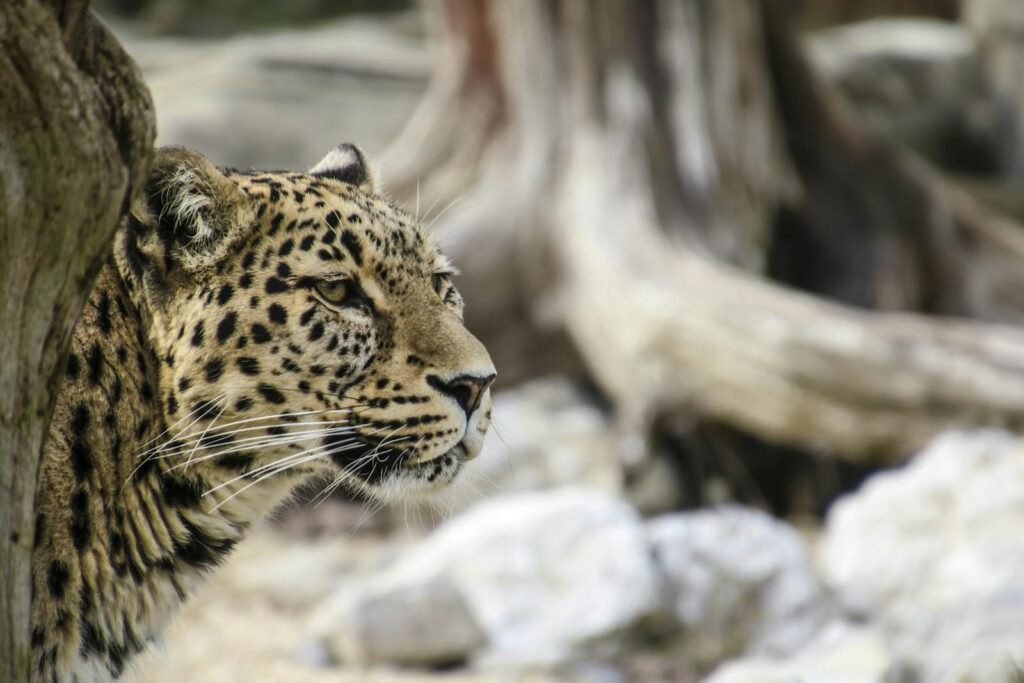
Snow leopards are perfectly adapted to their cold, harsh environments. Their thick fur, wide paws, and long tail provide insulation against the cold and balance on rocky, uneven ground. These adaptations ensure their survival in environments where few other creatures can thrive, solidifying their status as phantoms of an inhospitable world.
The Role in Local Folklore
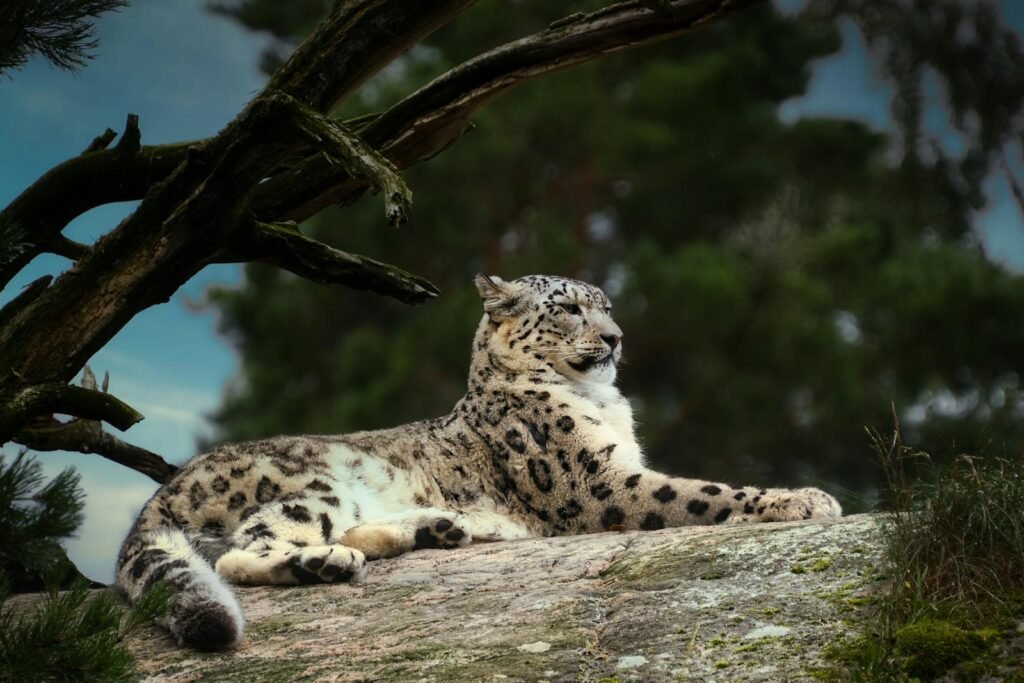
Throughout the regions they inhabit, snow leopards hold a prominent place in local folklore and cultural narratives. Often depicted as mystical or spiritual beings, snow leopards are considered symbols of strength and stealth. Many local communities revere them, contributing to their renown as ghostly figures within the cultural context.
Conservation Challenges
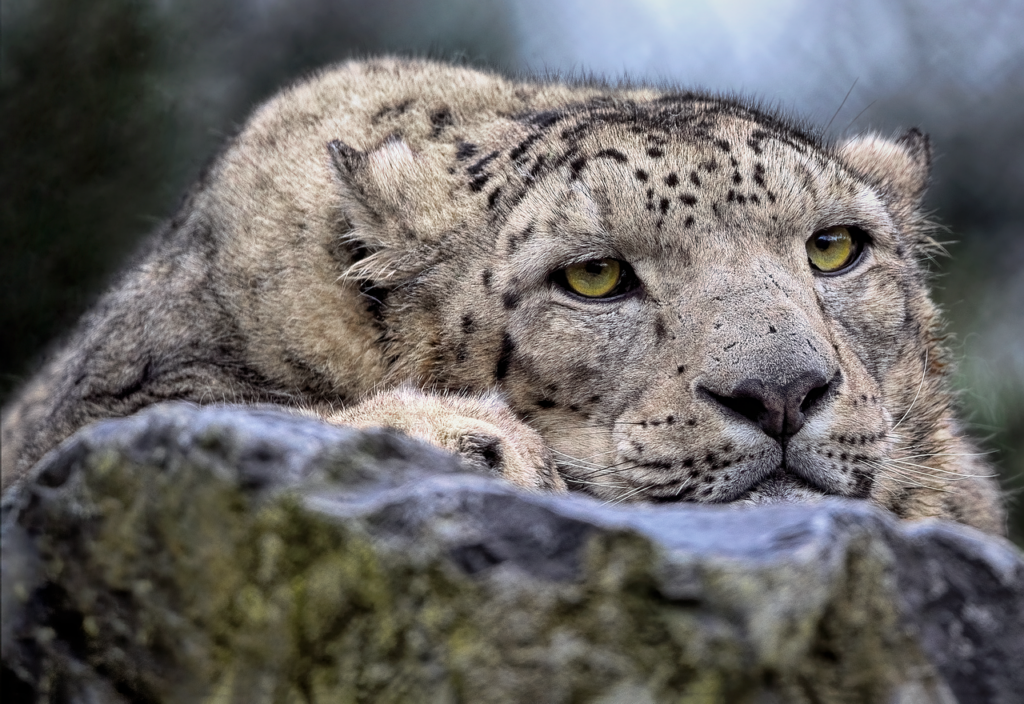
Despite their ghostly persona, snow leopards face very real threats from poaching, habitat loss, and climate change. Conservation efforts are underway to protect these magnificent creatures, focusing on anti-poaching measures, preserving their natural habitats, and working with local communities to mitigate human-wildlife conflict. Yet, these challenges ensure that snow leopards remain elusive, both in sight and in numbers.
The Ghosts in Science and Research
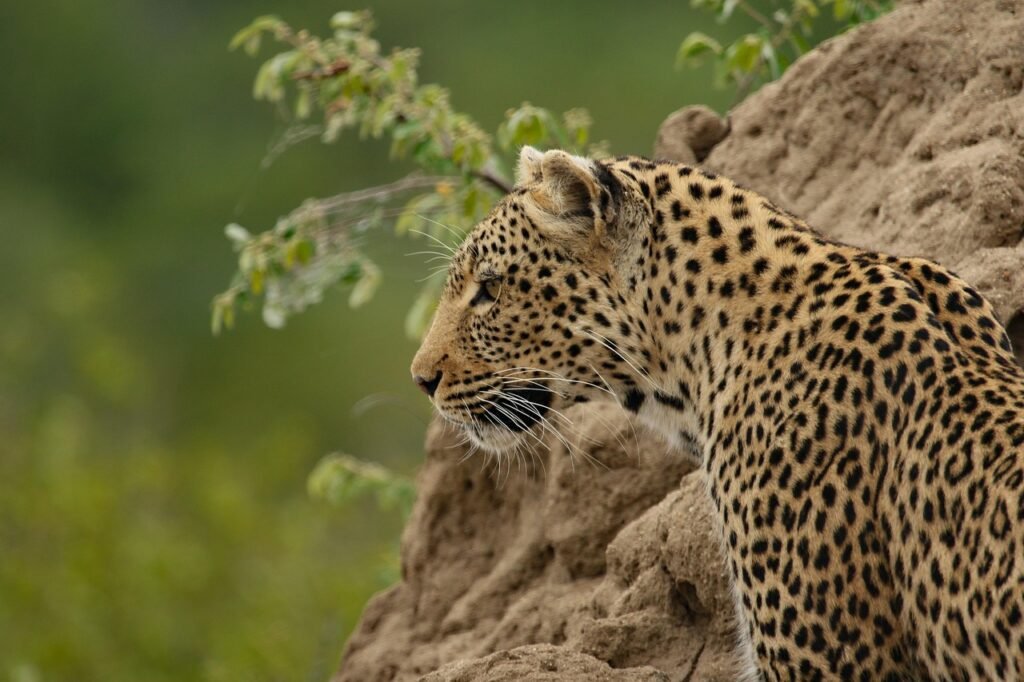
The quest to study snow leopards is akin to chasing phantoms. Biologists and conservationists often rely on indirect methods such as camera traps, genetic sampling from scat, and occasional GPS collaring to gather data. These methods offer only glimpses into the lives of snow leopards, keeping their ghostly enigma alive.
A Silent Guardian
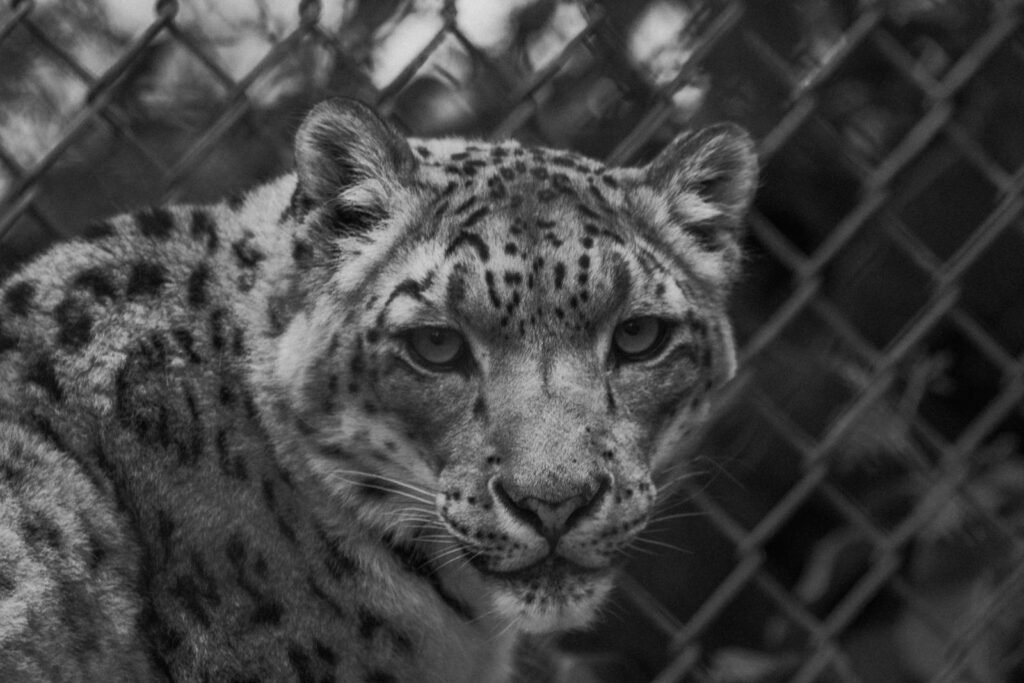
Despite their elusive nature, snow leopards play a crucial role in their ecosystem as apex predators. They maintain the balance by controlling prey populations, such as ibex and blue sheep. Therefore, protecting snow leopards indirectly supports the entire ecological community, highlighting their silent guardianship over the mountains.
Conclusion: The Ghostly Guardian of the Himalayas
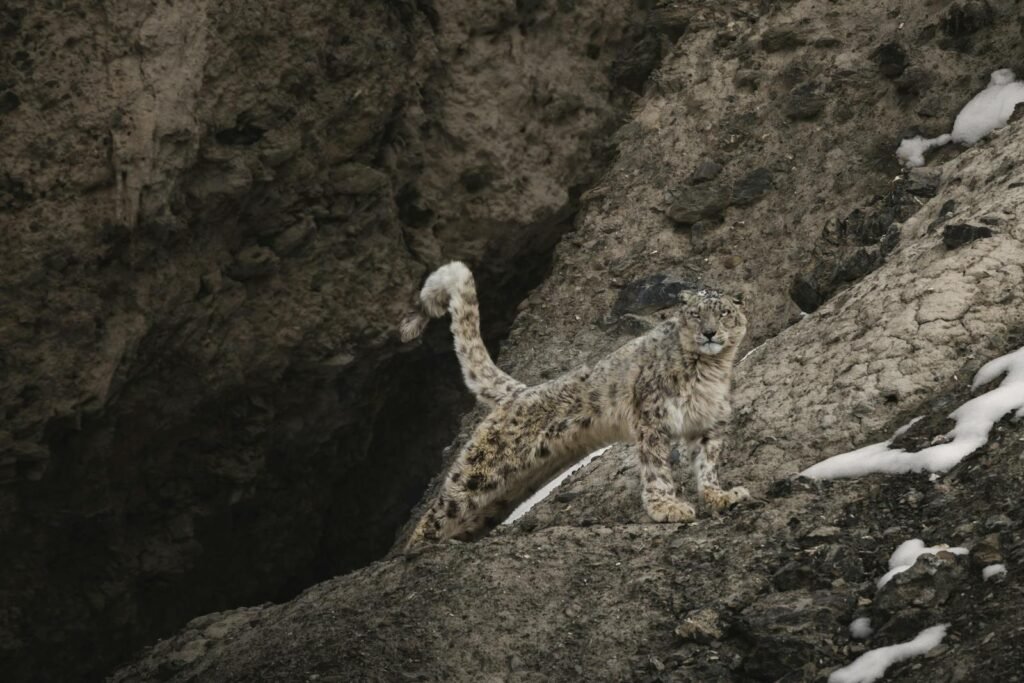
While their ethereal nickname paints them as spectral wanderers of the Himalayas, snow leopards are tangible treasures of the natural world. Their adaptations, solitary behaviors, and cultural significance intertwine, creating an aura of mystery and reverence. As conservationists work tirelessly to ensure their survival, perhaps the legend of the “Ghost of the Himalayas” will inspire greater appreciation and protective measures for these majestic felines. Enduring as symbols of mystery and resilience, snow leopards remind us of the delicate and wondrous balance of nature.

Growing up traveling and experiencing new cultures and wonders, I have had a passion for nature, adventuring, photography, and videography. I am currently working towards a BSc in Biodiversity and Ecology at Stellenbosch University, and I hope to specialise in Marine Sciences one day.
Please send any feedback to Feedback@animalsaroundtheglobe.com






